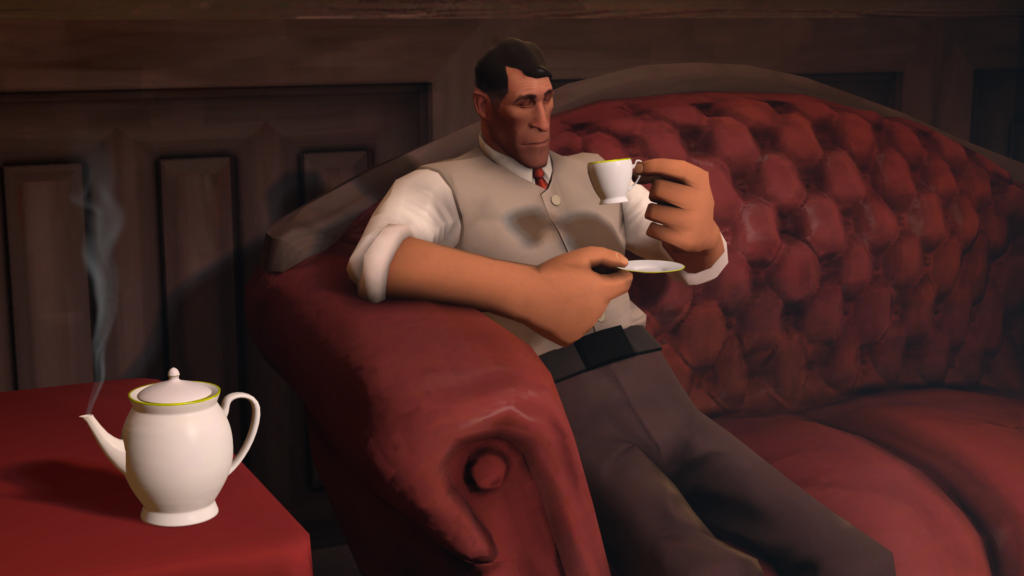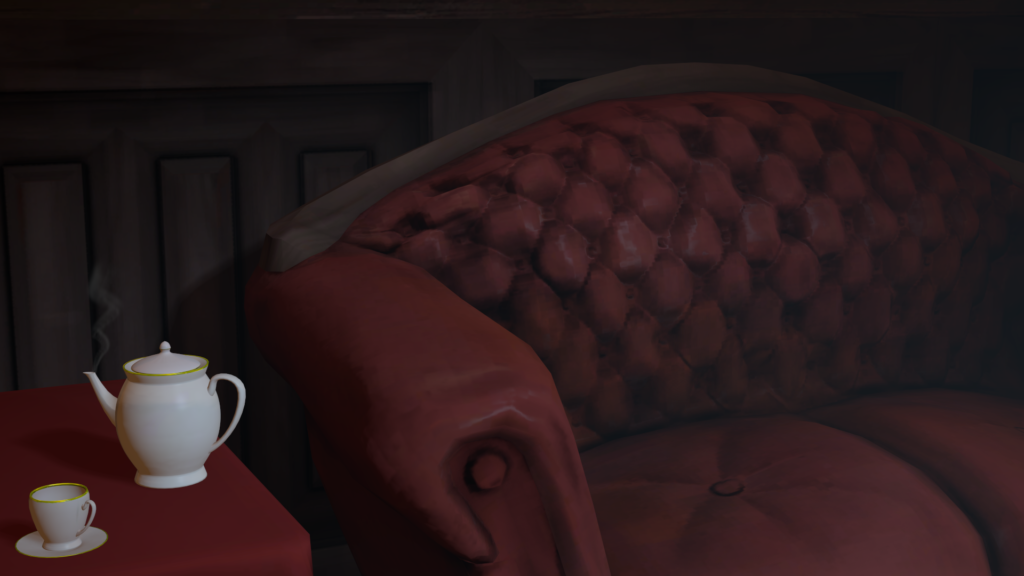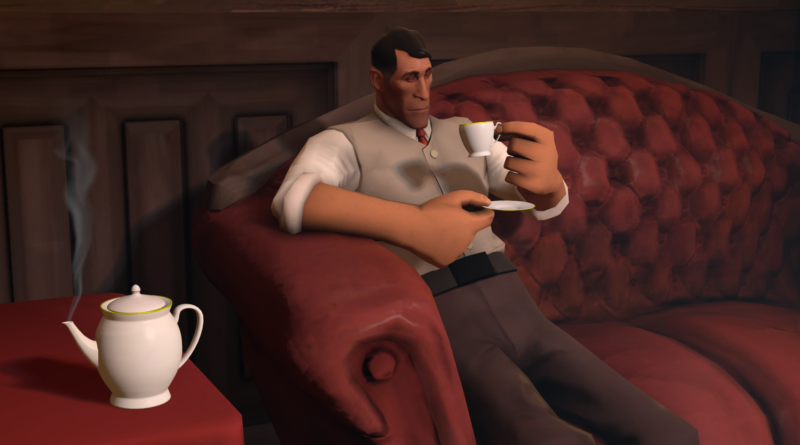Tea Talk: Valve’s flat company structure

Valve’s flat company structure is rather well-known among gamers, devs and business people alike. It sounds like a game dev paradise: a salary model based on effort, no man being another man’s boss, ideas allowed to grow and flourish, and you get to pick what you want to work on. It sounds almost like Andrew Ryan’s vision of Rapture.
And just like Rapture, things do go wrong. Valve’s customer support is legendarily bad. That isn’t surprising if you think about it. Who in the world will volunteer to do a thankless job answering the mob? For finance-related issues, potential lawsuits will convince a selfless soul who probably plays Medic in TF2 to help out in that regard. But for everything else? Maybe not.
There are, of course, other problems. People will tend to want to work on the largest, newest and flashiest projects. It’s human nature, and there is nothing wrong with that. The problem is, a hierarchy will normally enforce discipline so you won’t have 99% of the company working on one project and a few other people working on the other 99 projects. And by that I mean we can cut Dota 2’s dev team size down by at least 50% so that other projects can live.
But really, the fact that no one delegates anything will, predictably, lead to tasks being neglected as people flock to more favourable positions. Having someone to enforce a certain degree of discipline will work wonders for the company. After all, having every employee drifting about and dropping in and out of projects simply cannot be productive.
Aside from that, in a place where there is a power vacuum, a pecking order will be established. In general, people, especially fresh meat in a new environment, will look up to someone for guidance and advice. Again, this is perfectly normal, and is definitely beneficial as it ensures a transition of skills and knowledge from the old to the young. However, this will set up a form of hierarchy still, thus creating a few bumps in the flat company structure. Besides, there is also the case where, in an absence of any voice of authority, someone will stand up and take charge, leading the group and serving as the (unofficial) head of a group. As much as that is required for any project to have a clear direction, this will also mean that the flat company structure isn’t as flat as most people claim.
If Valve’s reason for having a flat company structure is to make sure that employees can have autonomy to develop what they want, so as to not limit creativity, there can be other ways rather than just abolishing all structures within the company. Having a company culture that encourages voicing out and rewards people for taking the initiative, reducing the levels in the hierarchy, having a fluid company structure that allows for people to step up when needed while making sure someone doesn’t get too comfortable in their current position, there are other ways of doing so without going to such extreme means. A hierarchy is needed, or rather, a hierarchy will form regardless, and there is nothing inherently bad with it. It gets things done, and it keeps big organizations functioning in an orderly manner. To entirely dismiss the system without acknowledging its benefits is rather foolish.
I admit it, I am just rather frustrated with the way TF2 is treated by the company. I mean no offense to the TF2 team, but we have not received a major content pack for nine months. I think that the flat organizational structure is doing more harm than good at this point. Projects with potential are neglected. Remember Ricochet? Or Day of Defeat and its Source Engine remake? The potential is wasted. And considering Marc Laidlaw’s reveal, it seems like the Half Life franchise might have met its end as well.
What a waste.


Just to be clear, this article was written way before Jungle Inferno. Hence why I said “we have not received a major content pack for nine months”.